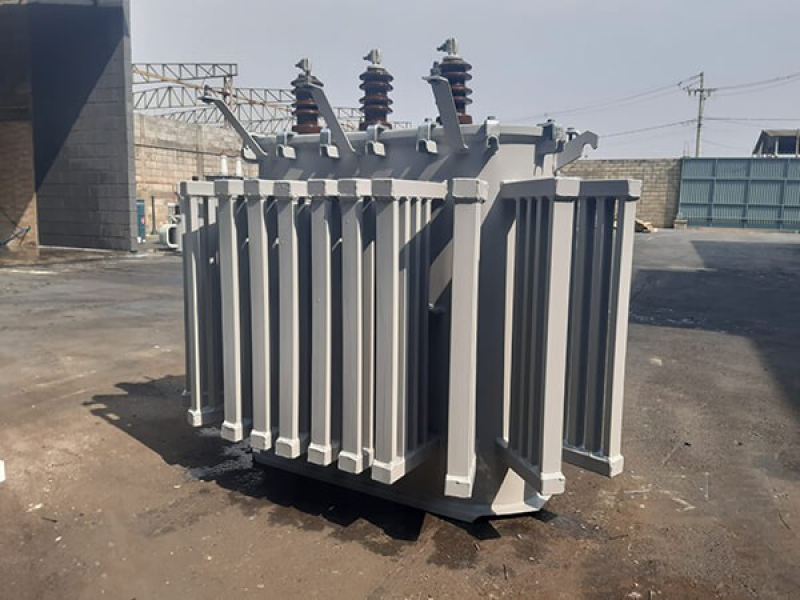
The two main cooling methods are oil cooling and dry cooling. But what difference between oil transformer and dry transformer? Check it out in this article!
The transformer cooling process is essential. Each and every one of them undergoes a very large heating, which is natural, due to the joule effect and all the currents that pass through it. The two main cooling methods are oil cooling and dry cooling. But what difference between oil transformer and dry transformer? Check it out in this article!
The cooling process
Transformer models use oil and air, respectively, to cool the transformer. In the first, this is done through the exchange of heat between the oil and the environment, and the second is through the movement of air. It is also possible that the transformer has some kind of pump or motor, to make the air and oil circulate, in order to make this process even more efficient.
Another function of these materials inside a transformer is to function as a thermal insulator for the coils. In this case, the oil transformer is more efficient, since the dry one has a much higher dielectric strength than the oil one.
But now that you know a little more about transformers, the question may remain: which one is the best? And if you want to know more about transformers or other electrical equipment, check out our blog!
The comparison between oil transformer and dry transformer
Each transformer has its advantages and disadvantages, and choosing the best one depends on your expectations and needs. Therefore, let's analyze some points regarding transformers to help choose the best one.
Starting with safety, which is a point where the oil transformer has a small disadvantage. The oil is flammable, which means that it is necessary to have a better prepared structure for its installation. It usually requires a structure to combat the risk of fires, such as fire doors, in addition to a system for collecting oil in case it leaks.
The dry transformer, in addition to having the advantage of being safer, can be installed closer to the machines, as it does not need such a sophisticated structure to support it. In addition, because of this proximity, there is also a reduction in the cost of the cables needed for installation.
Oil Transformer
Relationship with the environment
There is also the issue of environmental impact. Because it contains oils, this type of transformer presents a greater environmental risk of leaks. To avoid this, the equipment must undergo a series of periodic maintenance. In this way, replacing the oil itself, the gaskets and some other transformer materials. The dry transformer, as it works only with air, requires considerably less maintenance.
Finally, in addition to the impact on the environment, there is the impact that the environment has on the transformer. The dry option is not sensitive to humidity and other environmental factors. But the oil is affected by humidity, salinity and oxidizing factors. This is another reason why the need for maintenance is greater.
Now that you know more about dry and oil transformers, you can make a more informed decision on which one is right for your situation!



